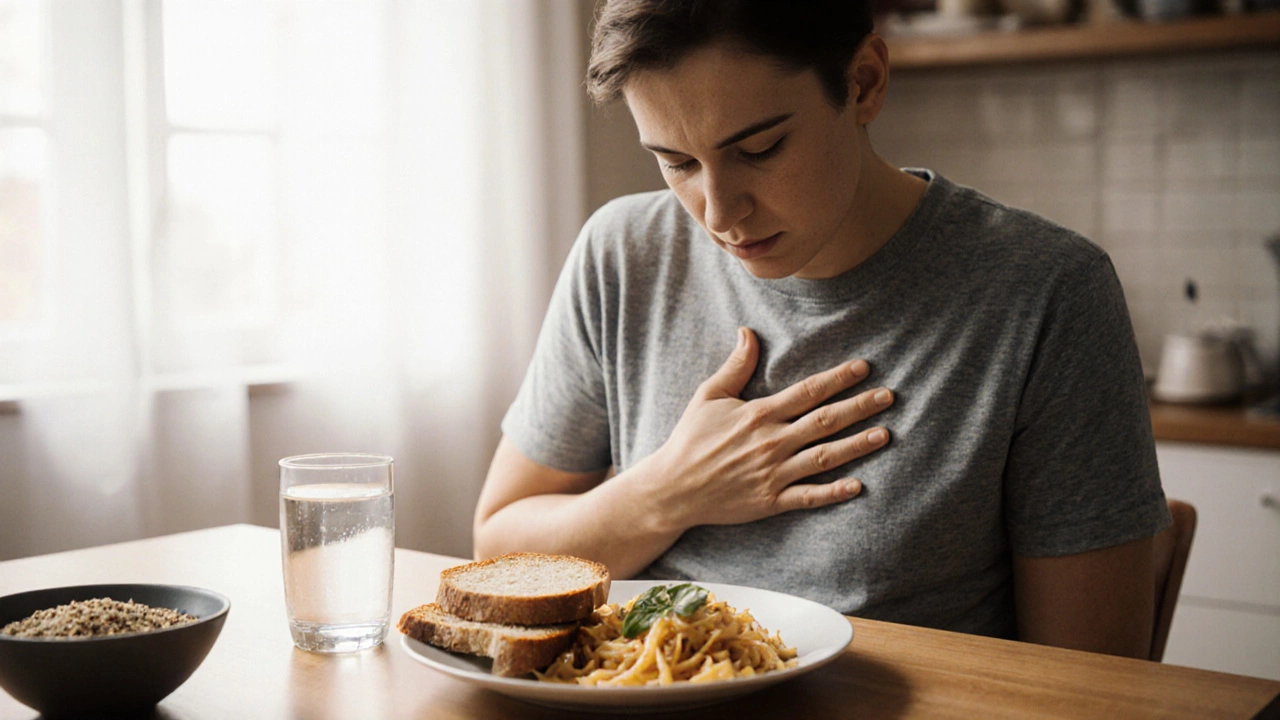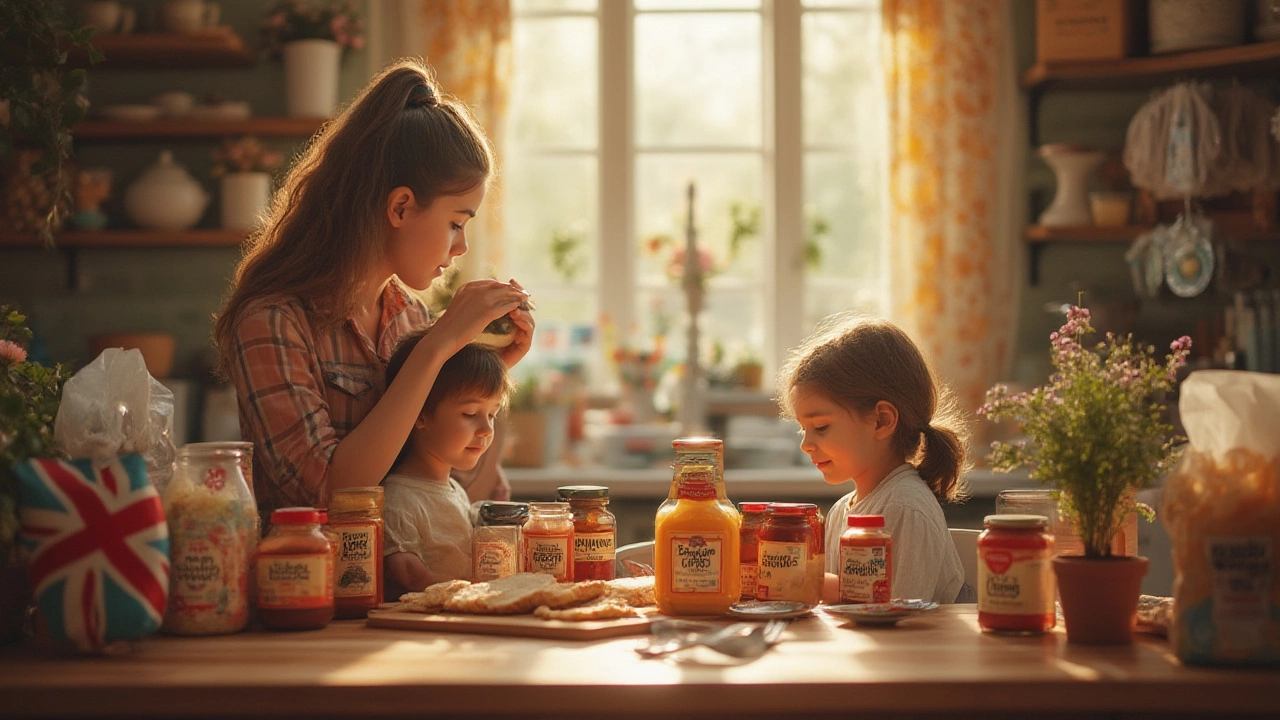Gluten‑Free Diet: Safe Foods, Hidden Gluten & Everyday Tips
If you’ve just started cutting gluten or you’ve been living it for years, the biggest headache is knowing what you can actually eat. The good news? Most meals are easier to make than you think once you know the rules. Below you’ll find the core foods that are naturally gluten‑free, the sneaky places gluten hides, and simple tricks to keep your plate tasty without the worry.
What’s Actually Gluten‑Free?
Whole foods are your best friends. Fresh fruits, veggies, plain meat, fish, eggs, and dairy have zero gluten. Grains like rice, quinoa, millet, buckwheat, and corn are also safe – just check the package for any added flavorings that might contain wheat. Legumes, nuts, and seeds round out the list, giving you protein and healthy fats without the gluten bug.
When you shop, look for the “gluten‑free” label. In the UK, products that say the label have been tested to contain less than 20 ppm gluten, which is the legal limit for safe consumption. Even if a product isn’t labeled, the ingredient list can tell you a lot. If you see wheat, barley, rye, malt, spelt, triticale or any “flour” without a clear source, it’s a no‑go.
Spotting Hidden Gluten & Safe Drinks
Gluten loves to hide where you don’t expect it. Processed sauces, soups, and ready‑made meals often use thickening agents made from wheat. Even “natural” items like soy sauce, salad dressings, and flavored yogurts can sneak in gluten. The trick is to read labels carefully and pick brands that list “gluten‑free” right on the front.
Alcohol can be tricky, too. Most straight spirits – gin, vodka, rum, tequila, and whisky – are gluten‑free because they’re distilled, but flavored versions may add wheat‑based flavorings. Beer made from barley is out, but there are plenty of gluten‑free brews using sorghum or rice. When in doubt, go for certified gluten‑free wines or ciders, and double‑check any cocktail mixers.
One easy habit is to keep a “gluten‑free pantry” stocked with staples: gluten‑free pasta, oats labeled gluten‑free, canned beans, and low‑sodium broths. That way, when you need a quick dinner, you’re not scrambling for a safe option.
Meal planning also saves time and stress. Pick a protein, add a veggie, swap in a gluten‑free grain, and finish with a simple sauce made from olive oil, lemon, and herbs. For example, grill chicken breast, toss roasted sweet potatoes and broccoli, and drizzle with a garlic‑lemon vinaigrette. No hidden gluten, just flavor.
Finally, remember that cross‑contamination can happen at home. Use separate cutting boards for bread and gluten‑free foods, and wash hands and utensils between tasks. If you share a kitchen with non‑gluten‑free cooks, a set of dedicated cookware can keep things safe.
Sticking to a gluten‑free diet doesn’t have to be a constant battle. Focus on fresh, whole ingredients, learn the common gluten traps, and set up a dedicated space in your pantry. With those basics in place, you’ll find it’s easier to enjoy meals that satisfy both your taste buds and your health needs.
What Is a Gluten Belly? Symptoms, Causes, and How to Fix It
Gluten belly is bloating and discomfort caused by gluten sensitivity. Learn how to spot it, what foods trigger it, and how to feel better by going gluten-free-with real tips and simple swaps.
Surprisingly Not Gluten-Free: Foods You'd Never Suspect
Many foods look gluten-free but hide gluten where you least expect. Learn where gluten sneaks in and how to spot it before it upsets your gut.

